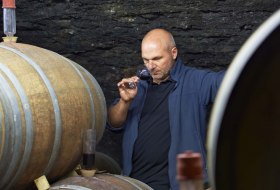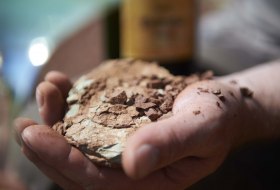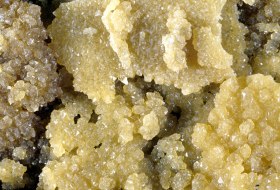
searchMenu



After the sparkling wine has been bottled, the fermentation takes place in the bottle. The maturation lasts at least nine months. During this time, the yeast settles. Then the bottles are placed almost horizontally in riddling desks. By turning and steepening the bottles, the yeast sinks into the neck of the bottle. Then the bottlenecks are frozen in a cold basin, while the yeast freezes on the bottle cap. Now follows the Disgorgement, meaning, that once the crown cork is removed, the pressure in the bottle shoots out the…

Tannins occur mainly in the grape stems, the seeds and the skins. The pulp does not contain tannin. White wines contain no tannins, as the grapes are pressed immediately, so that the tannin has no time to pass from the solid ingredients to the must. Therefore, the occurrence of tannin is limited to the red wines. However, the grape varieties are relevant for the tannin content.

This refers to the unity between vineyard (geological component), microclimate, grape variety and winemaking in each winery (= natural and human factors), which defines the wine.

Tartaric acid crystals are produced, when natural minerals occuring in wine, such as potassium or calcium, are bound with tartaric acid. It occurs in almost every wine in a dissolved form and only forms little amber-coloured crystals, when it is cooled down during storage in a cold place. Nevertheless, tartar is completely harmless to health and does not affect the taste of the wine in any way.